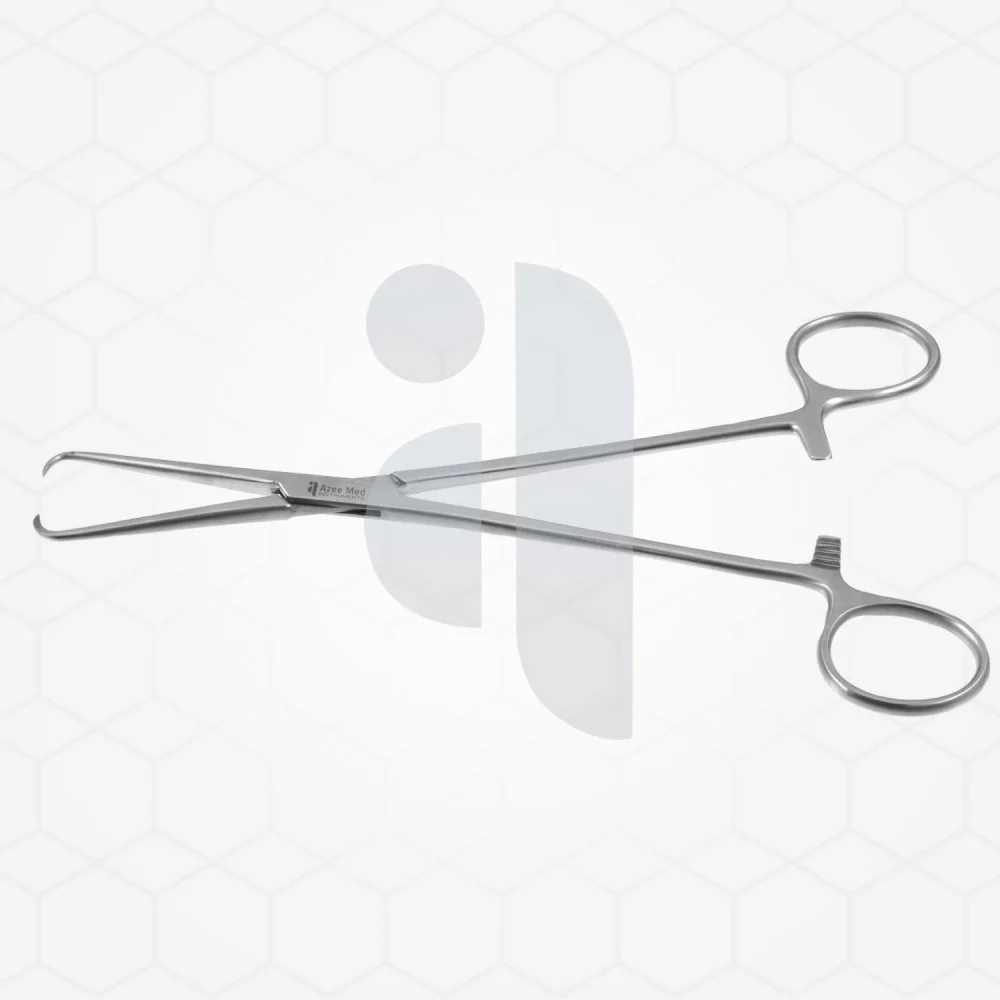Forceps are a staple instrument in the field of surgery and medical care. Renowned for their versatility, they play a critical role in ensuring the precision and safety of countless procedures. Despite their simple structure, forcips come in various types and designs tailored to meet the demands of specific surgical applications.

What Are Forceps?
Forceps are handheld surgical instruments used for grasping, holding, or manipulating tissues and objects. Essentially resembling a pair of tweezers or scissors, they are designed to perform complex tasks with finesse. The primary purpose of forceps is to provide surgeons with better control, enabling them to handle delicate tissues or extract foreign objects without causing additional harm. Their ergonomic design ensures ease of use, even during extended surgical procedures. The origins of forceps date back centuries, highlighting the enduring importance of this tool across the evolution of medical science. Over time, advancements in material science and engineering have refined their construction, making modern forceps highly efficient, durable, and suitable for specialised needs.
Types of Forceps
Forceps are available in a variety of forms, each designed for specific tasks during medical and surgical procedures. Broadly, they are categorised into grasping forceps, haemostatic forceps, and tissue forceps. Each category further includes an array of designs uniquely tailored to meet different surgical needs. Grasping forceps are commonly used to hold or stabilize tissues, instruments, or materials during surgeries. Their precision makes them ideal for intricate tasks, such as suturing wounds or holding small objects. On the other hand, haemostatic forceps are explicitly designed to control bleeding by clamping blood vessels. These forceps are crucial during procedures involving significant vascular structures. Tenaculum forceps, meanwhile, are employed to handle tissues in a way that avoids undue trauma. Their serrated surfaces or tooth-like structures help in holding tissues securely during surgical manipulation. Subcategories such as thumb forceps, locking forceps, and specialised models like sponge forceps or alligator forceps serve distinct purposes. Each variant is meticulously designed to deliver optimal surgical outcomes while preserving patient safety.
Materials and Design
Forceps design prioritises both functionality and safety, with materials playing a pivotal role in ensuring quality. Traditionally, stainless steel has been the preferred material due to its resistance to corrosion, durability, and ease of sterilisation. Modern innovations have introduced disposable forceps made from high-grade plastics, which are lightweight, cost-effective, and suitable for one-time use to maintain sterility. The construction of forceps typically includes ergonomic considerations, such as textured handles to minimise slippage and spring mechanisms to enhance precision. These design elements aim to reduce the strain on surgeons during prolonged procedures, contributing to enhanced efficiency in operating theatres.
The Importance of Forceps in Surgery
Forceps are indispensable across a wide range of medical and surgical disciplines, from general surgery and obstetrics to dentistry and ophthalmology. Their ability to perform intricate tasks with precision makes them vital for successful surgical outcomes. One critical application of forceps is in minimally invasive procedures, where access to the surgical field is restricted. For instance, forceps are used to remove foreign objects from deep cavities, such as the throat or nasal passages. Additionally, in delicate surgeries like neurosurgery or ophthalmology, forceps provide the precise control necessary to work on highly sensitive structures. Forceps also play a significant role in trauma care, where time is of the essence, and efficiency can be a matter of life and death. Controlling bleeding, suturing wounds, and delivering care in intense conditions underscore their versatility and importance.
Innovations in Forceps Technology
Continuous advancements in surgical tools have led to the development of specialised forceps that cater to the evolving demands of modern medicine. Innovations such as non-stick coatings and ergonomic enhancements ensure better handling and reduced risks during procedures. Furthermore, some designs incorporate magnifying elements, enabling surgeons to perform delicate tasks with greater accuracy. The growing emphasis on single-use surgical instruments has led to the proliferation of disposable forceps, which mitigate the risks associated with cross-contamination and ensure compliance with stricter hygiene standards. These disposable models also offer cost-effectiveness for facilities managing high patient volumes.
Sterilisation and Maintenance
For forceps to retain their functionality and contribute to patient safety, thorough sterilisation and maintenance are essential. Reusable forceps must undergo rigorous cleaning protocols to eliminate any potential contaminants. Standard methods such as autoclaving ensure the complete sterilisation of these instruments, while periodic inspections help to identify wear or damage. On the other hand, disposable forceps are pre-packaged and sterilised, offering a convenient solution for environments where time efficiency is critical. Regardless of their type, the proper handling and storage of forceps are integral to maintaining their integrity and effectiveness.
How Forceps Reflect the Evolution of Surgery
The development and diversification of forceps have mirrored the progress of surgical techniques throughout history. From simple extractions to complex, minimally invasive procedures, this modest tool has consistently adapted to meet the growing expectations of medical care. By enabling precision, reducing patient trauma, and ensuring surgical excellence, forceps hold a legacy that underscores their enduring value.
Final Thoughts
Forceps remain a vital component of surgical procedures, embodying the balance between simplicity and innovation. Their diverse range of designs and applications underscores their importance in facilitating safe and effective surgeries. Whether you are a healthcare professional seeking the latest in surgical technology or someone interested in understanding medical tools, the forceps exemplify the incredible ingenuity behind modern healthcare






